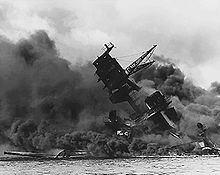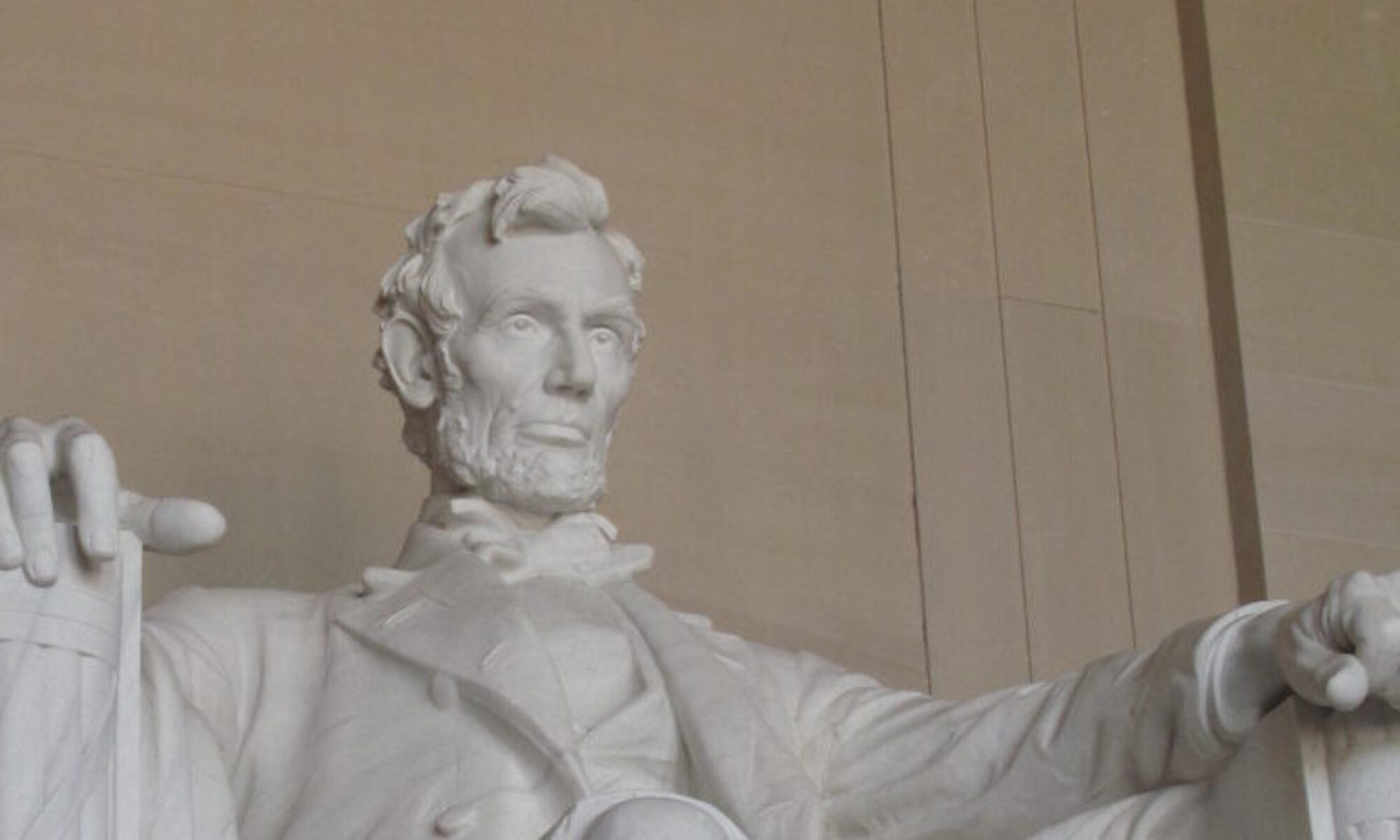December 7th, 1941, the date of the surprise attack of Imperial Naval Forces of Japan on the United States at Pearl Harbor, is now an unknowable memory for anyone under the age of medicare or social security. The resonance of the attack, however, continues to define every argument of preparedness for a democratic power, and its stunning effect on the transformation of the United States from isolation to a military colossus makes it one of the most studied events in its history. Sixty nine years ago, at 7:48 am, a beautiful, peaceful Sunday morning at the American naval base at Pearl Harbor, Hawaii was shattered by strafing gunfire and torpedoes released from a overwhelming wave of Japanese planes onto the moored battleships of the US Pacific fleet. The audacity of the attack was transcended by its brilliance in plan and execution. The head of the Japanese imperial Navy, Admiral Isoroku Yamamoto, determined months previously that the only hope of a Japanese long term victory in a climatic war with the United States would be determined by “decisive battle” strategies. A singular devastating attack on the United States capacity to extend across the Pacific Ocean would be the only way to achieve sufficient military parity with the United States to make a war unwinnable for the Americans. This would necessarily involve the destruction of the pacific fleet and base facilities in one mortal blow. No scenario not involving complete surprise would conceivably be successful and Yamamoto concluded the shock and rage of an unprovoked attack would only be mitigated by overwhelming success. In a time of relatively poor communication and logistics, Yamamoto managed to secretly transition a force of 6 attack carriers and 414 attack aircraft thousands of miles across the Pacific to the very limits of Japanese logistical capacity, initiate and coordinate two waves of combined air and sea attack, and successfully neutralize both American air and naval forces with catastrophic impact. America’s sea power lay in 8 massive battleships at dock, and meticulous planning assured an almost complete devastation.
Almost simultaneously, the USS Oklahoma, California, Nevada, Utah, and West Virginia were struck by torpedo bombers, but the colossal destruction was saved for the USS Arizona,  when a dive bomber penetrated the munitions hold with a bomb that created such an explosive force that the massive ship was lifted out of the water and split in half. Of the 402 American planes maintained at the army field complex 337 were destroyed or damaged beyond flight capacity. Multiple other ships, oil depots, barracks, repair facilities, harbor docks, and runways were destroyed. In 110 minutes of sustained attack, at a loss of 55 Japanese airmen and 9 submariners, Japanese forces inflicted 2,386 American deaths and the destruction of 18 American ships, including 5 battleships.
when a dive bomber penetrated the munitions hold with a bomb that created such an explosive force that the massive ship was lifted out of the water and split in half. Of the 402 American planes maintained at the army field complex 337 were destroyed or damaged beyond flight capacity. Multiple other ships, oil depots, barracks, repair facilities, harbor docks, and runways were destroyed. In 110 minutes of sustained attack, at a loss of 55 Japanese airmen and 9 submariners, Japanese forces inflicted 2,386 American deaths and the destruction of 18 American ships, including 5 battleships.
There are no words to describe the cumulative impact of the attack on the American psyche. Propelled by incautious feelings of superiority of American military capacity and horrendous underestimation of rival Japanese ingenuity and military professionalism, the United States was overwhelmed by the sheer capacity of the Japanese to perform such a complex and precise attack. The thin luck that allowed American carriers to be at sea and avoid the fate of their battleship brethren did little to assuage the feeling of catastrophe and gloom. The expectation that the Japanese, already nine years at war on mainland China, would suddenly be able to extend their reach to the very shores of the United States shook the country to its core.
President Franklin Roosevelt, as he was so apt to do, seized the moment to focus the disparate tones of shock and disbelief and focus them into righteous crusading anger. In his masterful speech following the attack, he sustained like a drumbeat the “surprise” nature of the attack and its inherent treachery, He focused the energy into quasi- religious fervor with an appeal to “righteous” might and ” inevitable” victory under the auspices of a chosen people assisted by their choosing God. No element of American society, including the most extreme isolationists like Charles Lindbergh, were capable of resisting the compelling nature of his articulate oratory.
In a time of significant pride of nationhood, the United States converted itself from an army of less than 200, 000 in the space of 20 months to 16 million, became an arsenal of democracy, and in bitter fighting crushed the Japanese in less than four years. Yamamoto himself was sacrificed in an airborne assassination accomplished by US forces in 1943. His vision of a victory based on the decisive character of the Pearl Harbor attack proved to be ephemeral and within 6 months, the United States managed to put Japan on the permanent defensive by sinking four of the six Japanese carriers involved in the Japanese force responsible for Pearl Harbor. Pearl Harbor turned out to be a symbol of American resolve that until 9/11 represented the biggest loss of American lives on American soil since the Civil War. So long ago now, the direct memories are slowly being replaced by faded newsreel and archaic pictures. The emotions are long gone and to most Americans grown up in a time of the Japan as one of America’s most intertwined allies and friends, almost impossible to contemplate. We will always fall short in our ability to long maintain the learning lessons of history, and will always be at some risk to succumb and be dumbfounded by the unperceived rise of the blood red sun against the peaceful dawn.
A documentary captures the intensity of destruction that allows us to feel a small part of that horrible morning so long ago:
